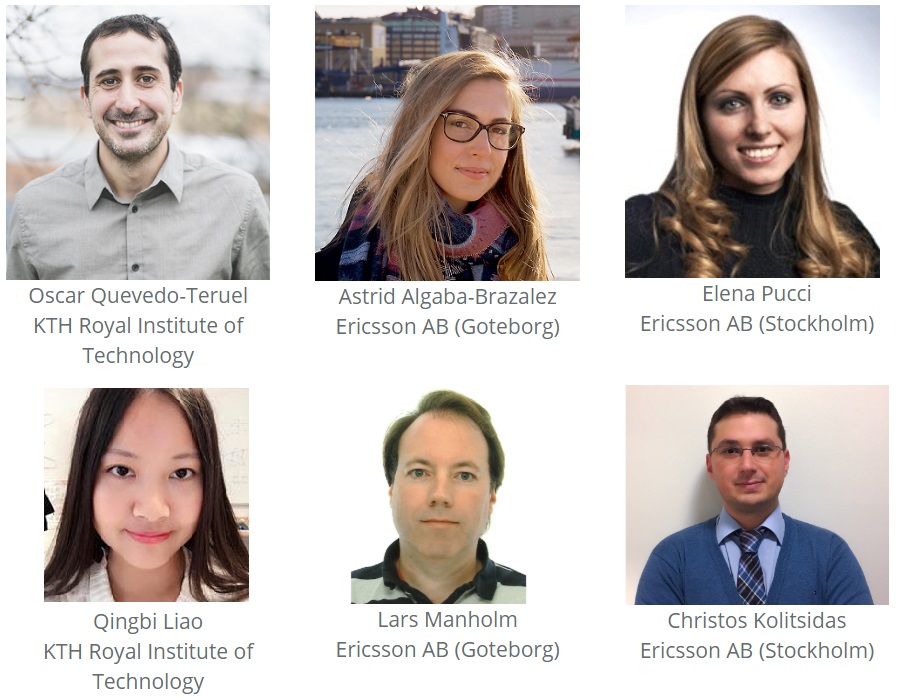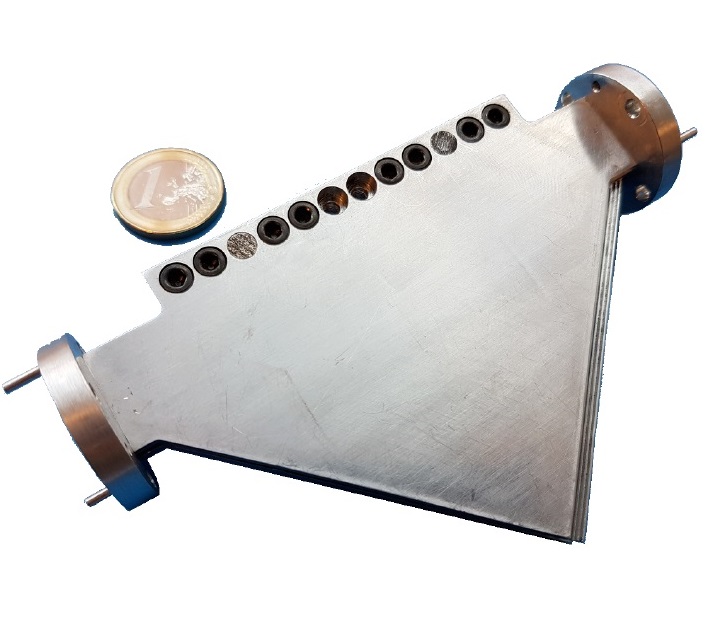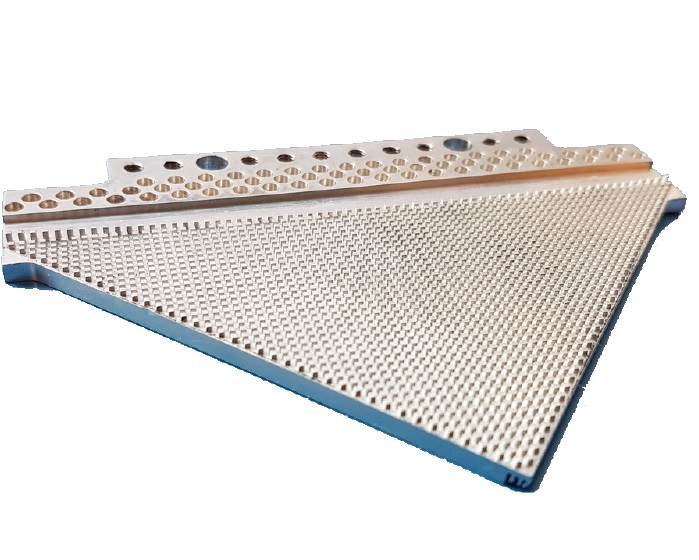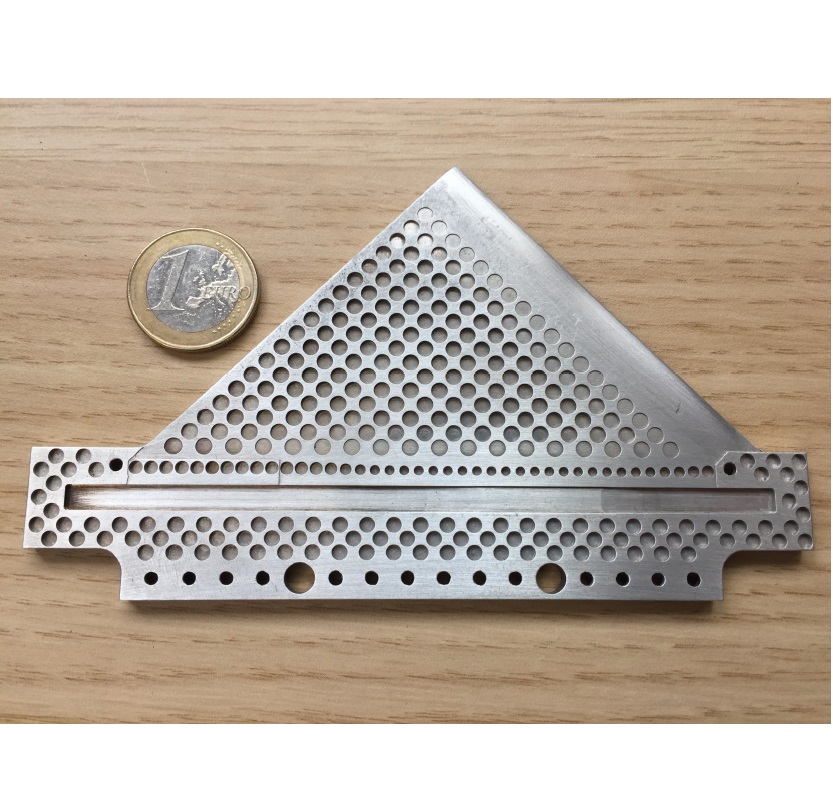Intended antenna designs:
In High-Int, we will develop innovative integrated antennas at millimetre waves. At these frequency bands, antennas are a critical part of the communication system. Specifically, antennas must be highly directive and to provide a high radiation efficiency. Therefore, new antenna configurations are needed to overcome these challenges. These antennas must be fully-metallic, so the propagation is only in air ensuring a high efficiency. Moreover, they need to integrate multiple functionalities to reduce the losses in transitions between components.






